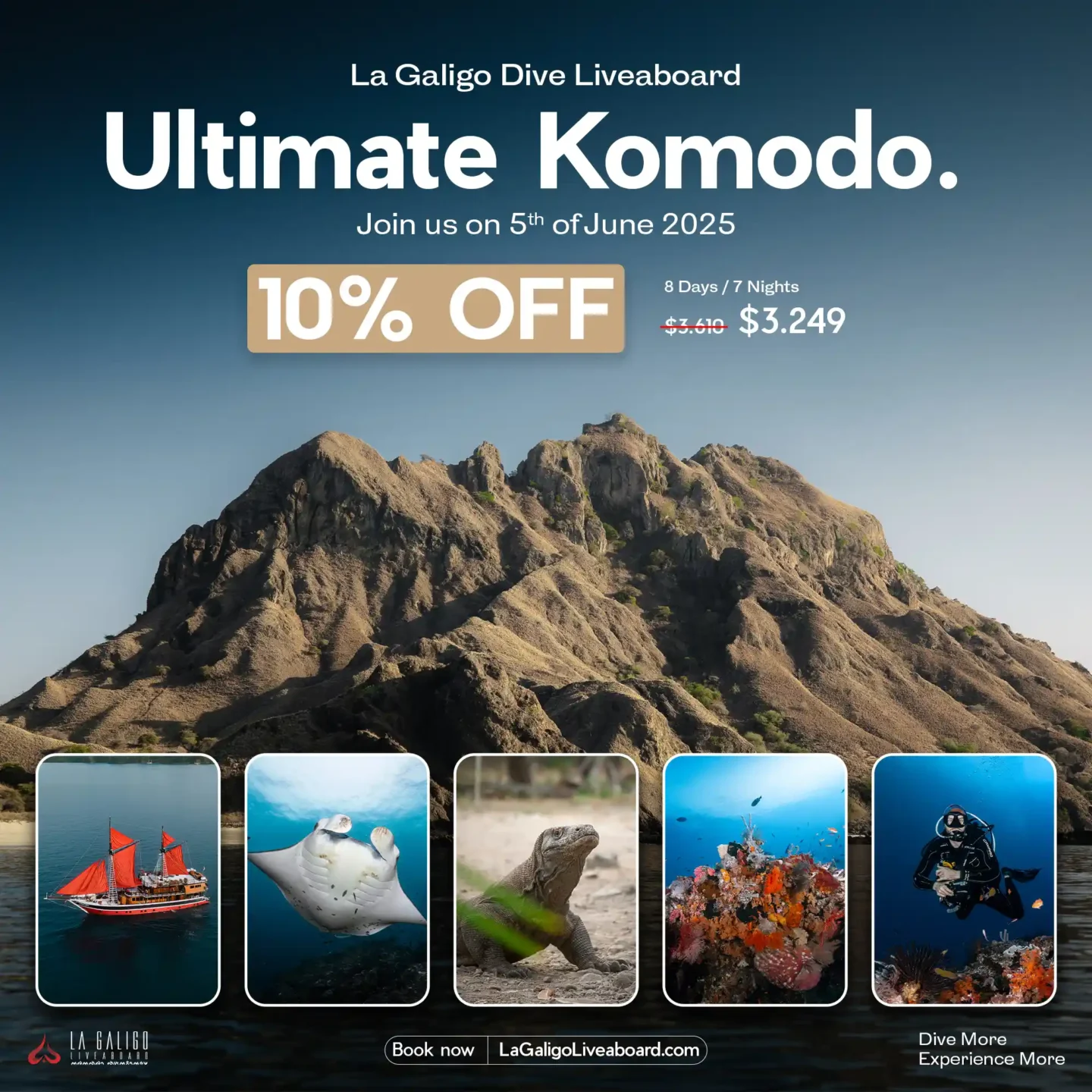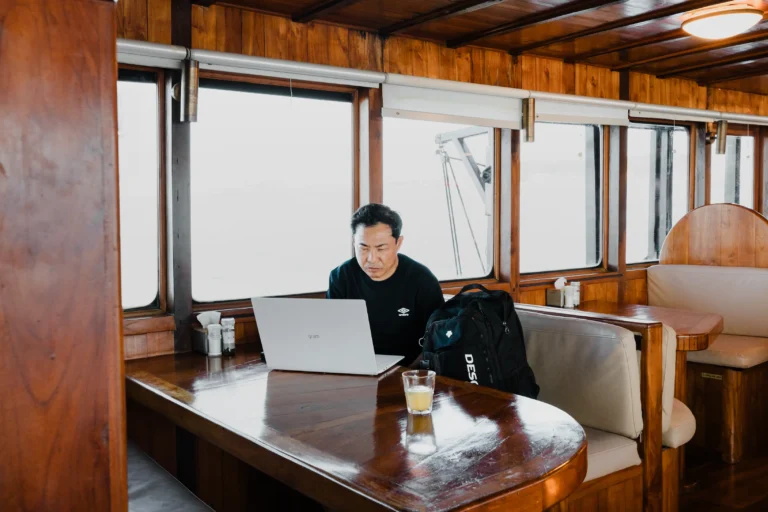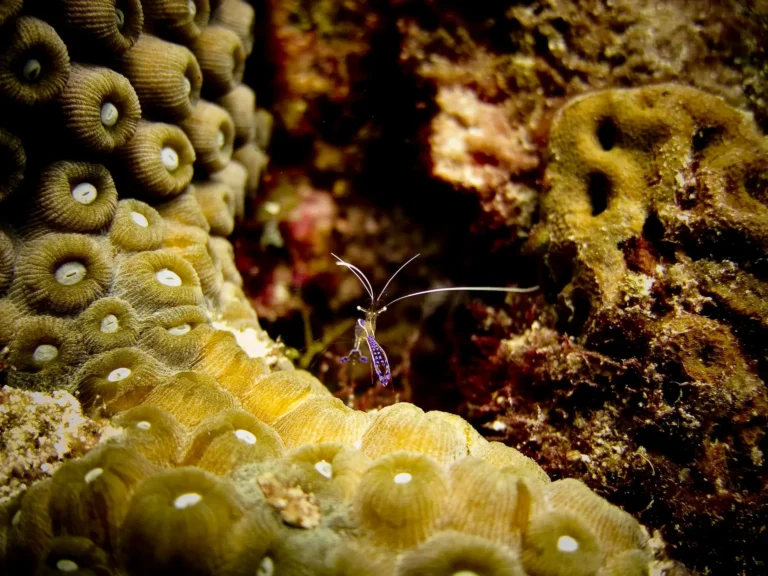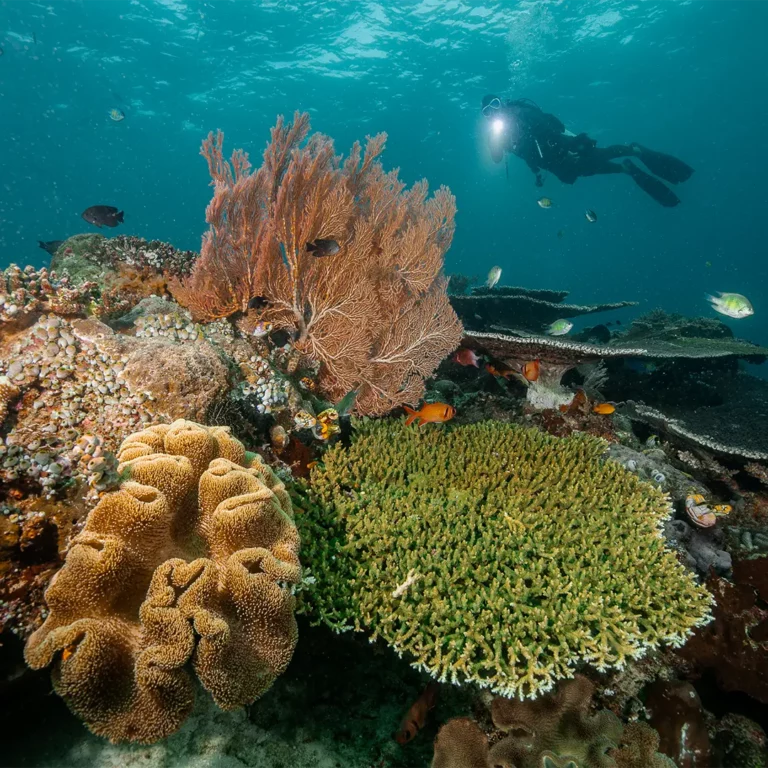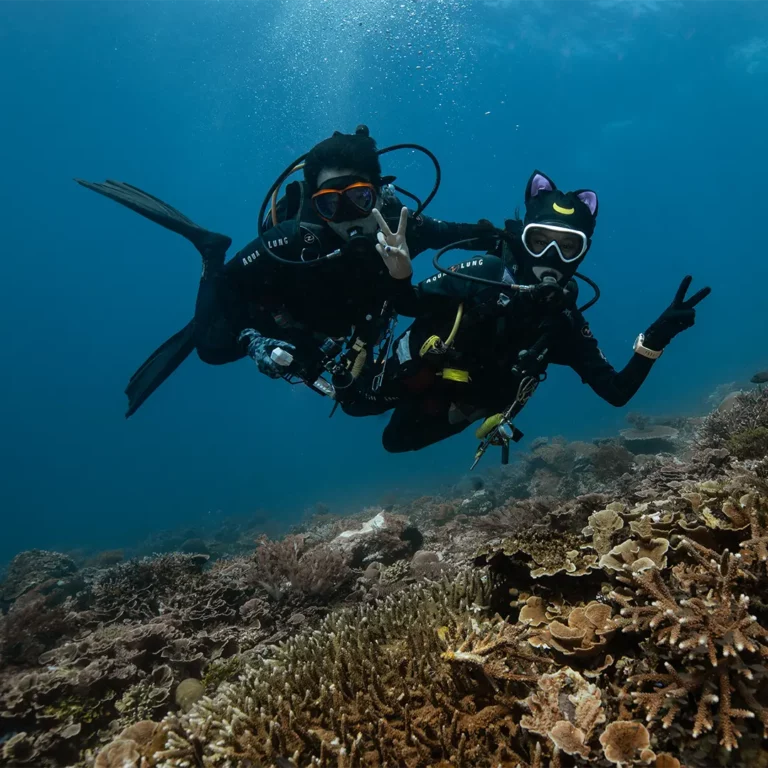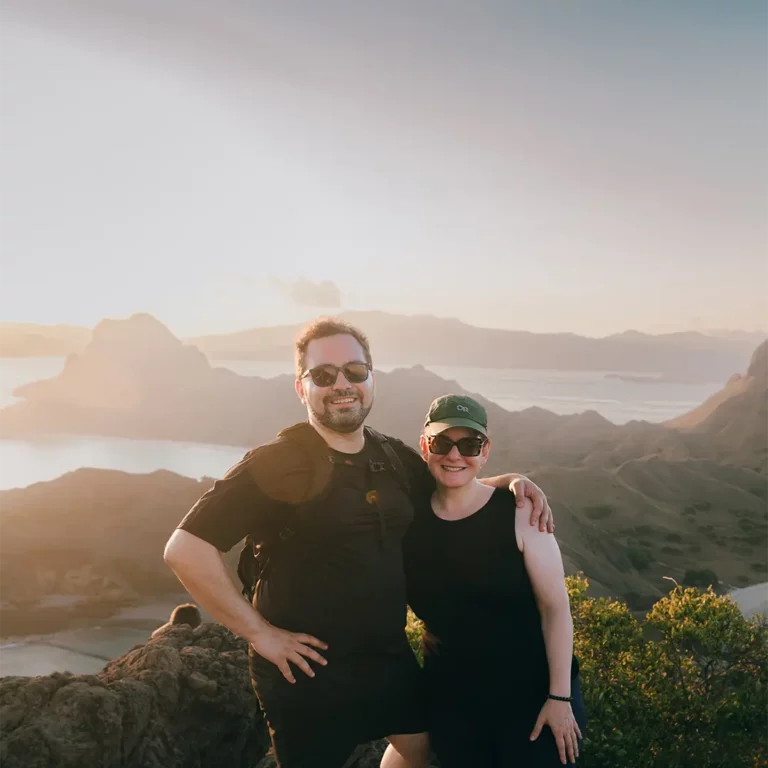Packing for a diving trip may seem overwhelming if you’re the kind of person who finds it difficult to zip up your suitcase without putting everything in, including the kitchen sink.
Packing for diving can be challenging because it’s an equipment-heavy hobby. Especially when you are not just a diver but also an underwater photography enthusiast.
Learning how to pack for a dive trip is essential before you start haphazardly tossing snorkels, dive torches, and that heavy, outdated seven-millimetre semi-dry wetsuit into your bag.
For your next diving adventure, here are some packing and rental suggestions to help you make the right choices. What to pack will depend, in part, on where you are going.
First things first
Make a list first to start with. Begin with your paperwork, which should include your logbook, certification cards, passport, and dive insurance policy. Prior to your trip, make sure to confirm the validity of your passport and the visa requirements of the destination.
It might be simpler to add a signed medical statement to your list of documents if you intend to take a certification course while travelling rather than getting a medical done.
You might not need actual certification cards because dive shops can usually verify your credentials online. On the other hand, take your Nitrox card and your highest-level certification card if you have them with you. This will speed up the process of checking in with the dive centre or liveaboard.
Comparing checked and hand luggage
Selecting what belongs in your checked luggage versus what can fit in your carry-on is crucial after determining what to bring and what to rent. Masks and regulators are suitable for carry-on luggage, but knives and dive tools should be packed in checked luggage.
Due to their relative fragility, many people choose to pack masks in their carry-on luggage. Don’t forget to firmly pack it in the box with extra padding, ideally inside a protective case.
Opinions differ when it comes to whether regulators should be checked or carried on luggage. Use a padded regular bag or wrap them in a towel if you choose to put them in checked luggage. As soon as you decide to carry your dive gear in your hand luggage, make sure you take off the dive knife and place it inside your checked bags.
How to Prepare Yourself for a Diving Vacation
Upon determining what items to include in your checked baggage and what to pack, the real fun starts. It’s here that you can showcase your packing style: the organised planner or the ‘stuff everything in’ mentality.
The first option typically causes less chaos, but the most popular approach combines the two. To ensure that your fins stay flat on the bottom of your bag, pack them first if you are bringing any. The fins’ foot pockets can also protect more fragile objects, depending on the style of your fins. To keep the dive booties from losing their shape while travelling, you can also stuff them with socks.
Placing your BCD on top of the fins with the hard backplate facing down is a smart idea if you are bringing both your regulator and BCD. After that, fold the sides of the BCD for additional protection and padding, and insert the regulator inside. Cushion them with t-shirts or a towel.
Reserving space for your everyday clothing and necessary holiday items is important. Adding extra protection and preventing movement, pack them last when it comes to your diving equipment. Adding dive equipment to the mix doesn’t make packing for a vacation any simpler; it can still be a challenging process. But with some preparation and forethought, it can become much less intimidating and, ideally, more straightforward.
Of course a camera and all the associated gear is fragile and expensive so that gear should have its own purpose built carry cases. A Pelican brand case or similar style is your best option. This style of case has purpose made padding and a hard protective lockable case on the outside.
10 Items for Your First Dive Trip
You’re eager to take some incredible underwater photos for your upcoming dive excursion and have an interest in underwater photography. However, are you aware of exactly what you should bring on your first underwater photo excursion? These ten items are necessities that we suggest.
1. Camera
With a 24.2MP APS-C CMOS sensor that produces high-quality images even in low light and a Dual Pixel CMOS autofocus system that is ideal for capturing fast-moving underwater subjects at up to 9 frames per second, the PowerShot G1 X Mark III offers DSLR quality in a compact body, ensuring you don’t miss any good photo opportunities
ALSO READ : DEMA Dive Expo 2023 Recap
2. Batteries and SD Card
If your camera battery dies, you might have trouble finding a charging station out in the water, so make sure you pack extra batteries. You will have enough to last you the entire day with the spares. If you plan to take a lot of pictures, bring an extra SD card if you want to allow for maximum storage space.
3. Underwater Housing
In order to keep your camera dry, you’ll need an underwater case. The PowerShot G1 X Mark III can descend to a depth of 40 meters thanks to the waterproof case made by Canon, the WP-DC56. The majority of your camera’s features, such as ISO, shutter speed, aperture, and more, are also accessible through it.
4. Dry Bag
A dry bag, as the name implies, keeps your stuff dry. Unwanted damage to your personal belongings could result from rain or accidental spray from the boat’s sides. Before diving in the ocean, place your cell phone, extra batteries, and other electronic gadgets in a dry bag. Alternatively if you are on a liveaboard then just leave them in your cabin.
5. Mask
To get a wide field of vision when diving or taking underwater photos, a good mask is essential. Underwater comfort is crucial, so make sure your mask is both comfortable to wear and leak-proof. If not, you won’t want to spend all of your time adjusting it, which could ruin your underwater experience.
6. Rash Guard
For swimming or diving, the form-fitting top and bottom keep you from getting sunburned or developing rashes from abrasion from your wetsuit. You are also shielded from other injuries and jellyfish stings by the rash guard. If you are follically challenged as I am, you will also want some sort of head protection from the sun for the trips between the main boat and the dive site on a tender if you are liveaboard diving.
7. Sunscreen
Never undervalue the significance of wearing sunscreen. During your dive trip, you might spend several hours in the water each day, which exposes you to intense sunlight in between dives. One way to keep yourself from getting sunburned is to wear sunscreen. Please make sure that it is a reef safe brand though as the chemicals in regular sunscreen kill the coral on reefs.
8. First Aid Kit
Anything can happen during your diving trip, including food poisoning, sea sickness, and cuts and bruises. If you should experience any minor illnesses or injuries, having a first aid kit will help to ease the situation and make the trip more bearable.
ALSO READ : 9 of the Best Places and Times to Dive with Manta Rays
9. Dive Computer
One of a diver’s best friends is frequently said to be a dive computer. To prevent decompression sickness, which is caused by a drop in ambient pressure when ascending from a depth, this device helps you measure the duration and depth of a dive in real time. Or, to put it another way, it indicates the longest possible dive time before decompression begins.
10. Sunglasses
Sunglasses are essential for shielding your eyes from the intense sun, just like sunscreen. Use them to protect your eyes from damaging UV rays, which over time could seriously harm your eyes.

